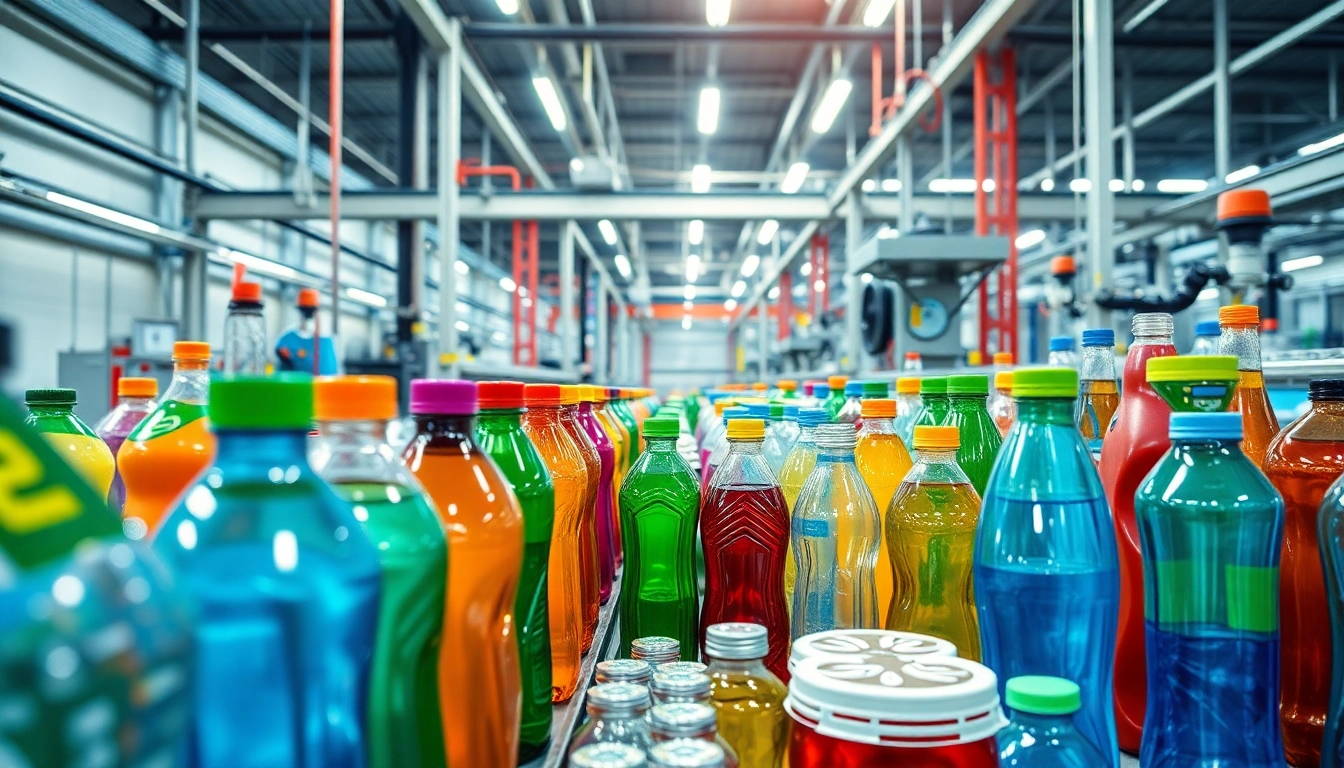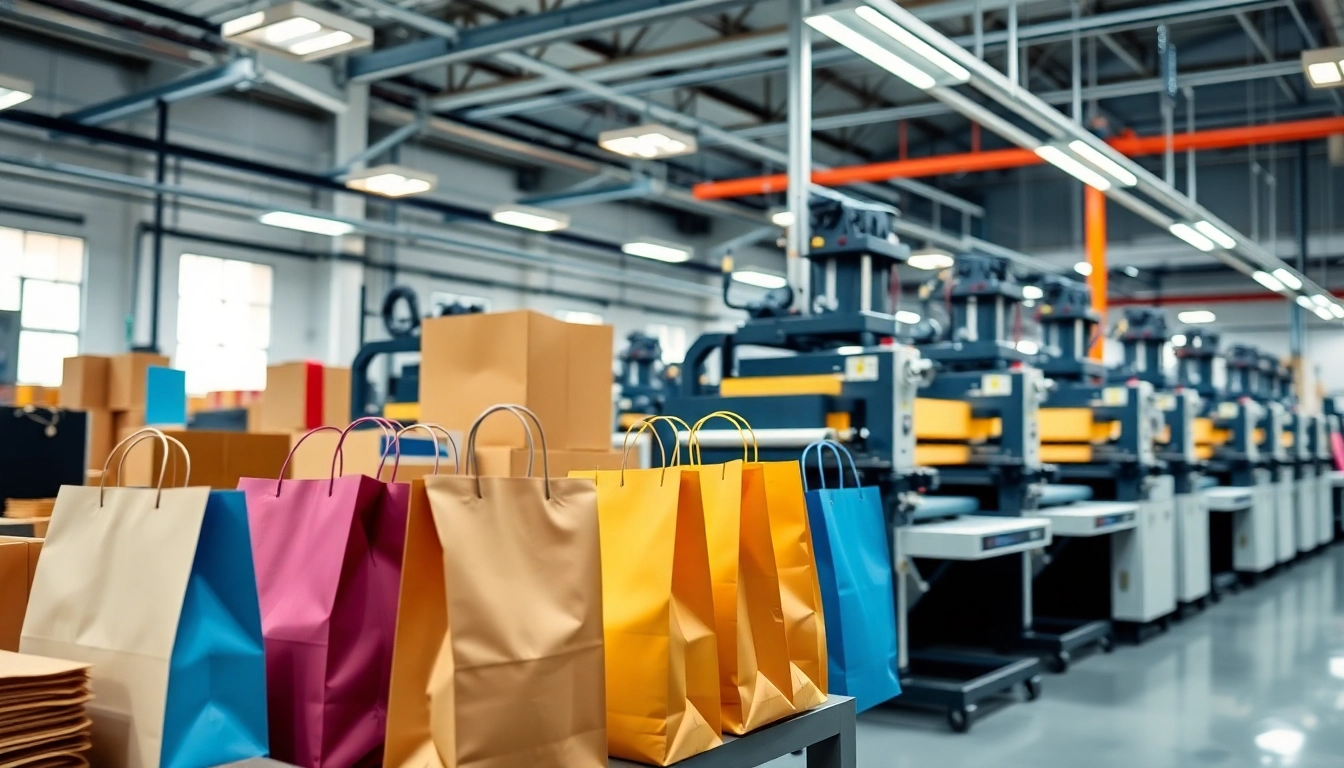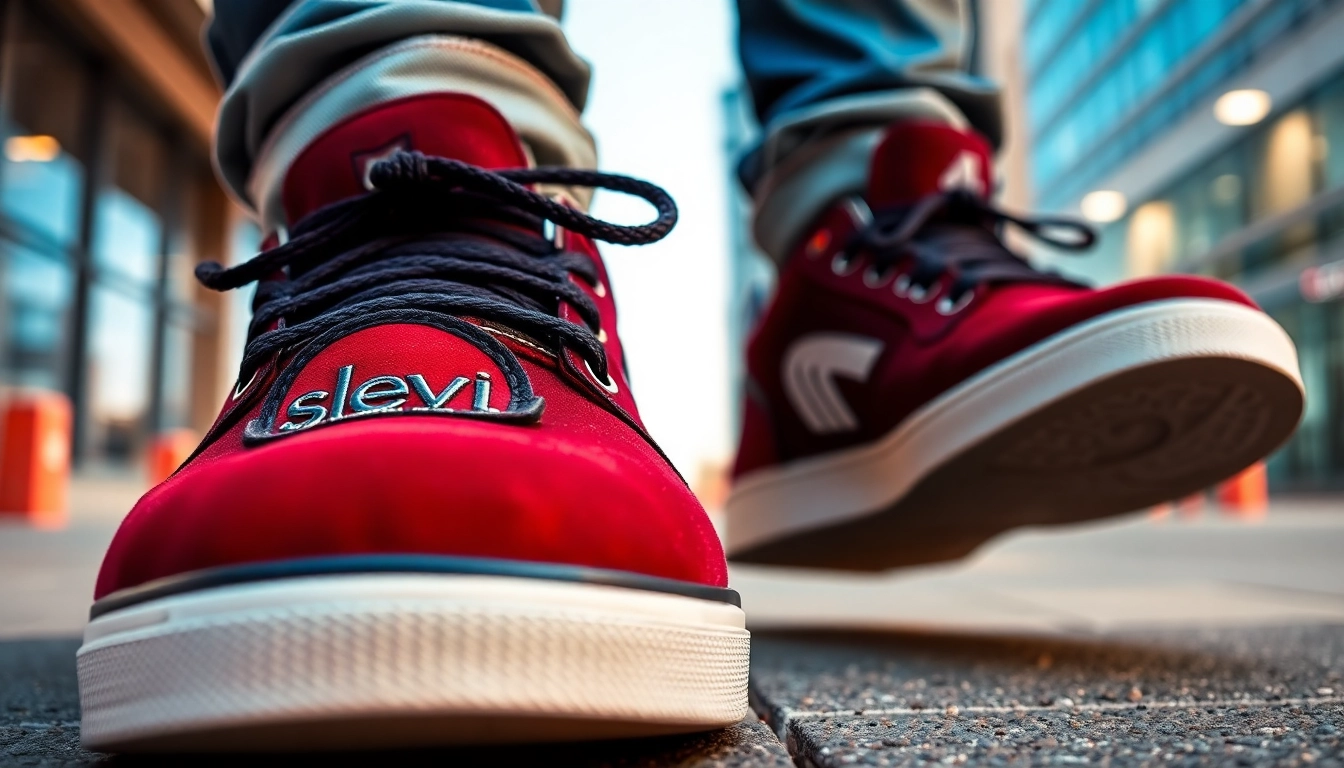Introduction to Plastic Şişe Manufacturing
The global demand for plastik şişe has surged significantly over recent decades, driven by industries such as beverages, pharmaceuticals, cosmetics, and personal care. As the backbone of many packaging solutions, plastic bottles are valued for their lightweight, durability, and cost-effectiveness. The industry is characterized by rapid innovation, strict quality standards, and increasing focus on sustainability. Understanding the intricacies of plastic şişe manufacturing is crucial for manufacturers, suppliers, and industry stakeholders aiming to maintain competitiveness and adapt to evolving market needs.
Overview of Plastic Bottle Industry Trends
The plastic bottle industry is experiencing a transformation propelled by technological advances and consumer preferences. Trends such as lightweighting—reducing material use without compromising strength—are prominent, leading to sustainability and cost savings. Additionally, there is growing adoption of recycled plastics, driven by regulations and environmental consciousness. The rise of smart bottles with integrated sensors and connected technology is also gaining momentum, offering enhanced user engagement and tracking capabilities. Moreover, customization and branding opportunities through innovative shapes, colors, and functionalities have become vital differentiators in a saturated market.
Key Materials Used in Plastik Şişe Production
The foundation of plastic şişe manufacturing lies in high-quality polymers, primarily polyethylene terephthalate (PET), polyethylene (PE), and polypropylene (PP). PET remains the most popular due to its clarity, strength, and recyclability, especially in the beverage industry. PE variants are favored for their flexibility and impact resistance, often used in cosmetic and household containers. PP offers high heat resistance and chemical stability, suitable for pharmaceutical and food applications. Material selection depends on product specifications, environmental considerations, and regulatory standards, emphasizing the importance of sourcing premium and eco-friendly raw materials.
Importance of Quality in Plastic Bottle Manufacturing
Quality assurance in plastic şişe manufacturing is paramount to ensure product safety, longevity, and consumer satisfaction. High-quality bottles prevent leaks, resist external impacts, and withstand sterilization processes. Inconsistent quality can lead to product failures, recalls, and reputation damage, which can be costly and time-consuming. Consequently, manufacturers implement rigorous quality control measures, including raw material testing, mold inspections, and real-time monitoring during production. Investing in quality not only reduces waste and rework costs but also aligns with sustainability goals by producing durable and recyclable bottles that meet stringent environmental standards.
Design and Innovation in Plastik Şişe Production
Design Considerations for Durability and Usability
Effective design balances durability with user convenience. Factors such as wall thickness, shape, and neck design influence the bottle’s strength and ease of handling. Ergonomic considerations ensure the bottle fits comfortably in consumers’ hands, while features like easy-open caps enhance usability. Additionally, incorporating lightweighting principles reduces material consumption while maintaining structural integrity. Innovative venting systems and grip textures can improve user experience, particularly in high-volume applications like bottled water or sports drinks.
Latest Innovations in Plastic Bottle Technology
Cutting-edge advancements include the development of biaxially oriented PET (BOPET) for enhanced mechanical properties and increased clarity. Some manufacturers are exploring biodegradable plastics derived from renewable sources, aiming to reduce environmental impact. Nano-engineered coatings provide better barrier properties against gases and moisture, extending shelf life. The integration of RFID tags and QR codes within bottles allows for better traceability and consumer engagement. 3D printing technologies are also being piloted for rapid prototyping and customized production runs, enabling faster innovation cycles.
Customizing Plastik Şişe for Specific Industries
Industry-specific customization ensures the plastic şişe meets unique operational and branding needs. For instance, pharmaceutical bottles require precise dose measurement indicators, child-resistant caps, and tamper-evident seals. Beverage bottles often feature branding designs, ergonomic shapes, and aesthetic colors to attract consumers. Cosmetic packaging demands elegant shapes and surface finishes that evoke luxury. Custom mold creation, label integration, and specialized caps are vital in making each bottle tailored to its purpose, boosting market appeal and functional performance.
Production Processes and Best Practices
Step-by-step Guide to Plastik Şişe Manufacturing
The manufacturing process typically involves several key stages:
- Raw Material Preparation: Selection and melting of polymers like PET pellets.
- Preform Formation: Injection molding of preforms that are shaped like test tubes with threaded necks.
- Conditioning: Heating preforms to optimum temperatures for blow molding.
- Blow Molding: Inflation of the preform into a mold where it takes the final shape of the bottle.
- Cooling and Trimming: Cooling the bottles and trimming excess material.
- Inspection and Packaging: Quality checks conducted to ensure compliance before packaging for distribution.
Quality Control Techniques in Plastic Bottle Production
Ensuring consistent quality requires advanced techniques such as optical inspection for surface defects, tensile testing for strength, and dimensional analysis for precision. Real-time monitoring systems detect deviations early, minimizing waste. Additionally, tests like drop impact assessments and barrier property evaluations simulate real-world usage, securing product reliability. Regular audits and calibrated equipment further reinforce quality standards, aligning production with international certifications like ISO or ASTM.
Efficiency Strategies to Reduce Costs and Waste
Manufacturers adopt several practices to optimize efficiency:
- Implementing lean manufacturing principles to minimize waste and streamline operations.
- Utilizing automation and robotics for precision and speed.
- Recycling scrap material back into the production cycle.
- Designing molds for multi-cavity production to increase throughput.
- Employing predictive maintenance to reduce downtime and repair costs.
Sustainable Practices and Environmental Impact
Recycling and Eco-Friendly Materials in Plastik Şişe Manufacturing
Sustainability is a critical focus, with the industry shifting towards recycled PET (rPET) and bio-based plastics. Relying on recycled materials reduces carbon footprint and raw material extraction. Innovations in chemical recycling enable the conversion of used bottles back into high-quality raw materials, supporting a circular economy. Bio-based polymers from renewable sources such as sugarcane or cornstarch are gaining traction for their biodegradability and lower environmental impact.
Implementing Sustainable Production Workflows
Sustainable workflows include energy-efficient equipment, waste reduction programs, and closed-loop water systems. Implementing ISO 14001 standards helps organizations systematically minimize environmental impacts. Incorporating Life Cycle Assessments (LCA) guides decision-making, ensuring each stage from raw material procurement to disposal aligns with sustainability goals. Education and workforce training further embed eco-conscious practices across all operations.
Regulations and Standards for Environmentally Responsible Bottles
Compliance with international standards like FDA, EPA, and European directives (such as REACH) ensures that bottles meet health, safety, and environmental requirements. Many regions are imposing stricter regulations on the use of plastics, encouraging innovation in biodegradable materials and recyclability. Certification programs and eco-labels also serve as market differentiators, demonstrating environmental responsibility to consumers and regulators alike.
Market Opportunities and Future Outlook
Emerging Markets for Plastik Şişe Products
Rapid urbanization and economic growth in regions like Asia-Pacific, Africa, and Latin America present vast opportunities. The expanding middle class and rising disposable incomes increase demand for packaged beverages, cosmetics, and pharmaceuticals. Additionally, nations implementing stricter environmental regulations are incentivizing local manufacturing of eco-friendly bottles. Innovations tailored to local climates and cultural preferences will be crucial in capturing these markets.
Adapting to Consumer Preferences and Regulations
Consumers are increasingly prioritizing sustainability, safety, and convenience. Brands that offer eco-friendly bottles with minimal environmental impact and enhanced user features stand out. Regulatory landscapes are becoming more stringent, requiring transparency in materials and manufacturing practices. Staying ahead involves continuous R&D investment, adherence to evolving standards, and transparent communication about sustainability efforts.
Forecasting Industry Growth and Innovation Trends
Industry forecasts predict sustained growth driven by innovation in biodegradable plastics, smart packaging, and increased recycling capacities. Digital transformation, including IoT-enabled production monitoring and supply chain management, will further optimize operations. Embracing these trends ensures manufacturers remain competitive, meet regulatory demands, and fulfill consumer expectations for responsible packaging solutions.




